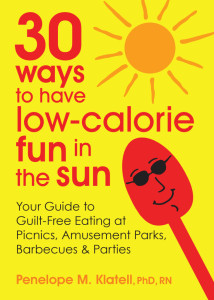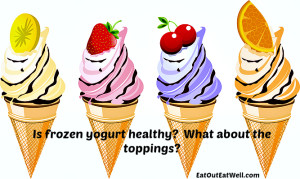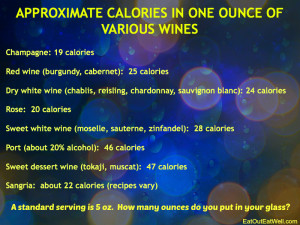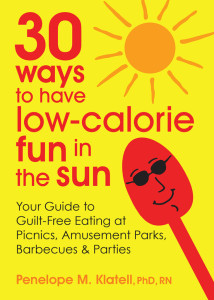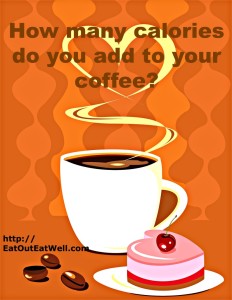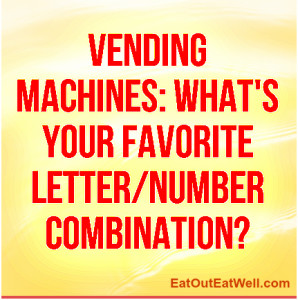 Sooner or later you will likely have your next sharing moment with a vending machine: You share your money and the machine shares its calories.
Sooner or later you will likely have your next sharing moment with a vending machine: You share your money and the machine shares its calories.
Vending machines actually have a holy history. Around 215 BC the mathematician Hero invented a type of vending device that accepted bronze coins to dispense holy water. Vending eventually became economically viable In 1888 when the Adams Gum Company put gum machines on New York City’s elevated train platforms to dispense a piece of Tutti-Frutti gum for a penny.
Now they’re everywhere: around the corner from your hotel room, in train stations, and in just about ev- ery rest stop on road trips. They call your name when you’re especially vulnerable. You’re stressed, tired, bored, anxious, and your blood sugar is traveling south—all of which means the sugar, fat, and salt junk food allure is really hard to overcome.
When a vending machine calls your name, choose wisely. There are good, better, and best choices to be made.
Calorie Savers: No Choice Is Perfect; Make the Best Choice for You
- You can almost always find packages of nuts, or popcorn, or pretzels, or dried fruit.
- Be careful of things with too much sugar, especially if you’re driving. A big time sugar hit may give you energy from an initial blood sugar spike but more than likely it will be followed by a drop in your blood sugar levels possibly making you sleepy, grouchy, and hungry for more sweet and fatty food.
- Your choice depends on what you want: protein or sweet satisfaction, fill-you-up fiber or salty crunch. Here are some choices; just be aware of calories, carbs, protein, and fiber.
Crunchy
- Baked Lays Potato Chips: 130 calories, 2 grams of fat, 26 grams of carbs, 2 grams of protein
- Baked Doritos, Nacho Cheese: 170 calories, 5 grams of fat, 29 grams of carbs, 3 grams of pro- tein
- Cheez-It Baked Snack Crackers: 180 calories, 9 grams of fat, 20 grams carbs, 4 grams of protein
- Ruffles Potato Chips: 240 calories, 15 grams of fat, 23 grams of carbs, 3 grams of protein
- Cheetos, Crunchy: 150 calories, 10 grams of fat, 13 grams of carbs, 2 grams of protein
- Sun Chips Original: 210 calories, 10 grams of fat, 28 grams of carbs, 3 grams of protein
- Snyder’s of Hanover Mini Pretzels: 160 calories, no fat, 35 grams of carbs, 4 grams of protein
- White Cheddar Cheese Popcorn, Smartfood: 120 calories, 8 grams of fat, 11 grams of carbs, 2 grams of protein
Nuts/Seeds
- Planters Sunflower Kernels: 290 calories, 25 grams of fat, 9 grams of carbs, 11 grams of protein
- Planters Salted Peanuts: 290 calories, 25 grams of fat, 8 grams of carbs, 13 grams of protein
Cookies/Pastry/Bars
- Mini Chips Ahoy: 270 calories, 13 grams of fat, 38 grams of carbs, 3 grams of protein
- Frosted Strawberry Pop-Tarts (2 pastries): 410 calories, 10 grams of fat, 75 grams of carbs, 4 grams of protein
- Hostess Fruit Pie, apple: 470 calories, 20 grams of fat, 70 grams of carbs, 4 grams of protein
- Fig Newtons: 200 calories, 4 grams of fat, 40 grams of carbs, 2 grams of protein
- Quaker Chewy Low-Fat Granola Bar, Chocolate Chunk: 90 calories, 2 grams of fat, 19 grams of carbs, 1 gram of protein
- Nature Valley Granola Bar, Crunchy Oats and Honey (2 bars): 190 calories, 6 grams of fat, 29 grams of carbs, 4 grams of protein
Candy
- Skittles: 240 calories, 2.5 grams of fat, 56 grams of carbs, no protein
- Twix (2 cookies): 250 calories, 12 grams of fat, 34 grams of carbs, 2 grams of protein
- 3 Musketeers, king size: 200 calories, 6 grams of fat, 36 grams of carbs, 1 gram of protein
- Peanut M&Ms: 250 calories, 13 grams of fat, 30 grams of carbs, 5 grams of protein
- Snickers, regular size: 250 calories, 12 grams of fat, 33 grams of carbs, 4 grams of protein
